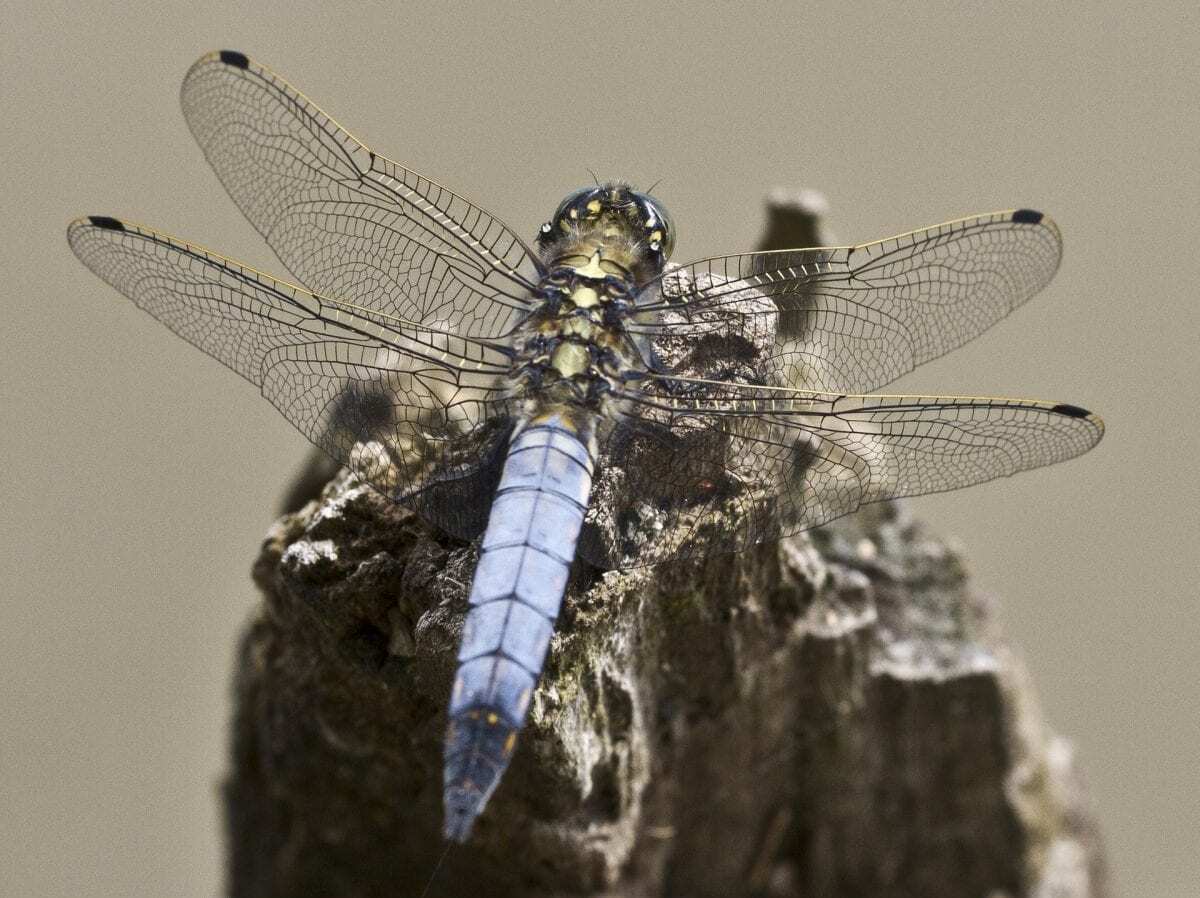Some insect wings such as cicada and dragonfly possess nanopillar structures that kill bacteria upon contact.
However, to date, the precise mechanisms that cause bacterial death have been unknown.
Using a range of advanced imaging tools, functional assays and proteomic analyses, a study by the University of Bristol has identified new ways in which nanopillars can damage bacteria.
These important findings will aid the design of better antimicrobial surfaces for potential biomedical applications such as medical implants and devices that are not reliant on antibiotics.
Professor Bosu of Biomedical Materials at the University of Bristol’s Dental School said:
“In this work, we sought to better understand nanopillar-mediated bactericidal mechanisms. The current dogma is that nanopillars kill bacteria by puncturing bacterial cells, resulting in lysis. However, our study shows that the antibacterial effects of nanopillars are actually multifactorial, nanotopography- and species-dependent.
“Alongside deformation and subsequent penetration of the bacterial cell envelope by nanopillars, particularly for Gram-negative bacteria, we found the key to the antibacterial properties of these nanopillars might also be the cumulative effects of physical impedance and induction of oxidative stress.
“We can now hopefully translate this expanded understanding of nanopillar-bacteria interactions into the design of improved biomaterials for use in real-world applications.”
Funded by the medical Research Council, the implications of the research are far-reaching. Professor Su explains:
“Now we understand the mechanisms by which nanopillars damage bacteria, the next stepisto apply thisknowledge to the rational design and fabrication of nanopatterned surfaces with enhanced antimicrobial properties.
“Additionally, we will investigate the human stem cell response to these nanopillars, so as to develop truly cell-instructive implants that not only prevent bacterial infection but also facilitate tissue integration.”
Header Image – Public Domain







